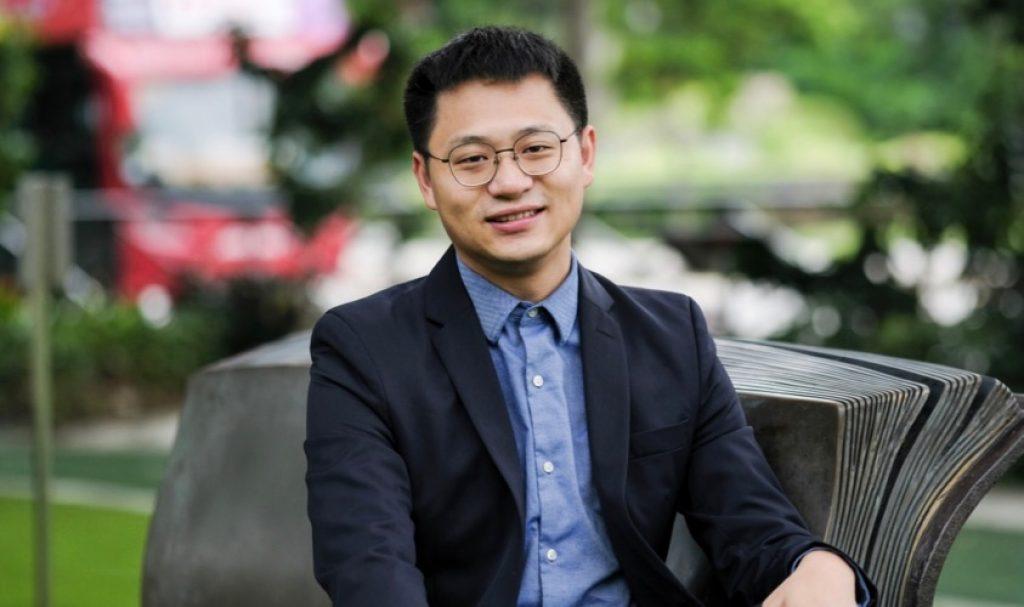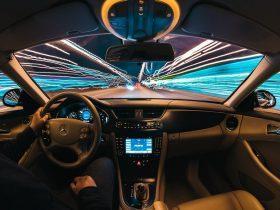By Jeremy Chan
Moving people around in a thriving metropolis can be a tricky problem.
Although scheduled services such as trains and buses form the backbone of mass transportation, commuters still prefer the comfort and convenience of on-demand, direct point-to-point modes of transit.
Unsurprisingly, in Singapore, the private car is still regarded as the epitome of urban mobility. However, with the rapid advancement of internet technology and the advent of mobile phone applications, a sharing economy has emerged to challenge the existing paradigm of car ownership.
Uber, Grab, Zipcar and oBike are among the many shared transportation services that have appeared in recent years, granting commuters unprecedented access to personalised urban mobility at attractive price points. “With millions of people in our 719-square-kilometre city-state, demand for transportation services is extremely compact and dense,” says Assistant Professor Wang Hai of the Singapore Management University (SMU) School of Information Systems, who studies the design and operation of transportation systems. “The synergies between conventional transportation systems and on-demand shared systems are vital for Singapore’s effective functioning.”
Finding the right balance Shortages and redundancies are perennial problems faced by conventional transportation systems. During peak hours, the sharp but temporary increase in the volume of commuters puts a strain on public transportation services, especially those that are centrally dispatched and have fixed schedules and capacities.
The knee-jerk reaction to these shortages would be to increase the frequency and total number of taxis, buses and trains. However, such measures are economically untenable, as many of these vehicles (and their operators) could be idle, or redundant, during off-peak hours.
Given these circumstances, a dynamic system that responds to commuter requirements at specific times during the day can be immensely helpful, says Professor Wang. “This is where the shared transportation system comes in to help balance demand and supply,” he explains.
By crowdsourcing for supply of services during shortages, and then releasing it again when demand dwindles, shared transportation services like Grab and Uber help make urban mobility more flexible and efficient.
“Nonetheless, such innovative services pose many planning and operational challenges, including fleet management, driver recruitment, pricing different levels of service and salary- and wage-mechanism design, and matching and dispatching drivers and passengers, among others,” Professor Wang explains. Amid this complexity, Professor Wang draws on various mathematical models and quantitative methodologies—including large-scale optimisation, stochastic analysis, machine learning and statistics—to glean insights and develop methods that could be used to design and operate better urban transportation systems.
“I am deeply interested to learn how the parameters of these multifaceted systems can be tweaked and how diverse algorithms and mechanisms can be implemented to maximise social welfare,” he adds.
Of fares and feasibility One aspect of shared transportation systems that particularly intrigues Professor Wang is the price sensitivity of both the drivers and the commuters. “The shared transportation system is actually a so-called two-sided market,” Professor Wang explains. “Unlike conventional urban services such as bus and train systems with stable and fixed service supply, both supply and demand in shared transportation systems could be affected by pricing, wage and system operations.” For example, during peak hours, surge pricing, which adjusts fare rates according to real-time information, could incentivise private car owners to ply the roads and pick up passengers.
Meanwhile, during off-peak hours, private car owners may see an uptick of ride requests due to cheaper rates. With such a self-regulating and efficient shared transportation system in place, the strain on ‘older’ modes of transportation such as public trains and buses and conventional taxis could be eased during peak hours. Do such optimal scenarios play out in reality? Professor Wang’s short answer to this question is: it’s complicated. “The biggest challenge in my research has been to concisely evaluate the benefits and feasibility of any new shared transportation service or system,” says Professor Wang.
“Potential synergies and competition between new and current services are notably difficult to model, and trials of new systems are typically quite expensive.” Driving a change in mindset Aside from complicated models and real-world trials, learning from the successes and mistakes of others can also grant enlightened perspectives.

Hence, Professor Wang has ventured abroad to seek alternative assessments and fresh views on shared transportation systems. “I frequently visit the Beijing headquarters of Didi Chuxing, China’s largest ride-hailing platform,” he says. “By actively communicating and interacting with professionals who are exploring and implementing new ideas for various shared transportation systems, I obtain managerial and industry insights that may be relevant to the Singapore context.”
From a big-picture standpoint, Professor Wang notes that one of true benefits of shared transportation systems may actually lie in their ability to bring about a change in Singaporeans’ mindsets towards private vehicle ownership.
Effective carpool systems such as GrabShare and UberPOOL help commuters get accustomed to sharing a personalised transportation service with fellow wayfarers. “With convenient and efficient sharing mechanisms to provide high-quality transportation services, the prevalent desire to own a car exclusively could gradually decline,” he adds. “If citizens still choose to own a car, they may opt to own it with others, thereby sharing not only the right to use it, but also the expenses of parking and repairs.”
As shared transportation systems become increasingly common in Singapore and across the world, there will be much to learn about this new wave in urban mobility, says Professor Wang.
“How drivers and passengers interact in a sharing platform, how they react to prices and wages in different formats, and how we can design high-quality mechanisms to improve system efficiency by considering human behaviour—these are important questions that still need to be answered,” he says.
Read more from Asian Scientist Magazine at: https://www.asianscientist.com/2017/11/features/smu-wang-hai-shared-transport/

Shifting Shared Transportation Into High Gear
Posted by
Jimmy_Lecar
6 years Ago
27th March 2018
What’s your reaction?
Shares
Jimmy_Lecar














